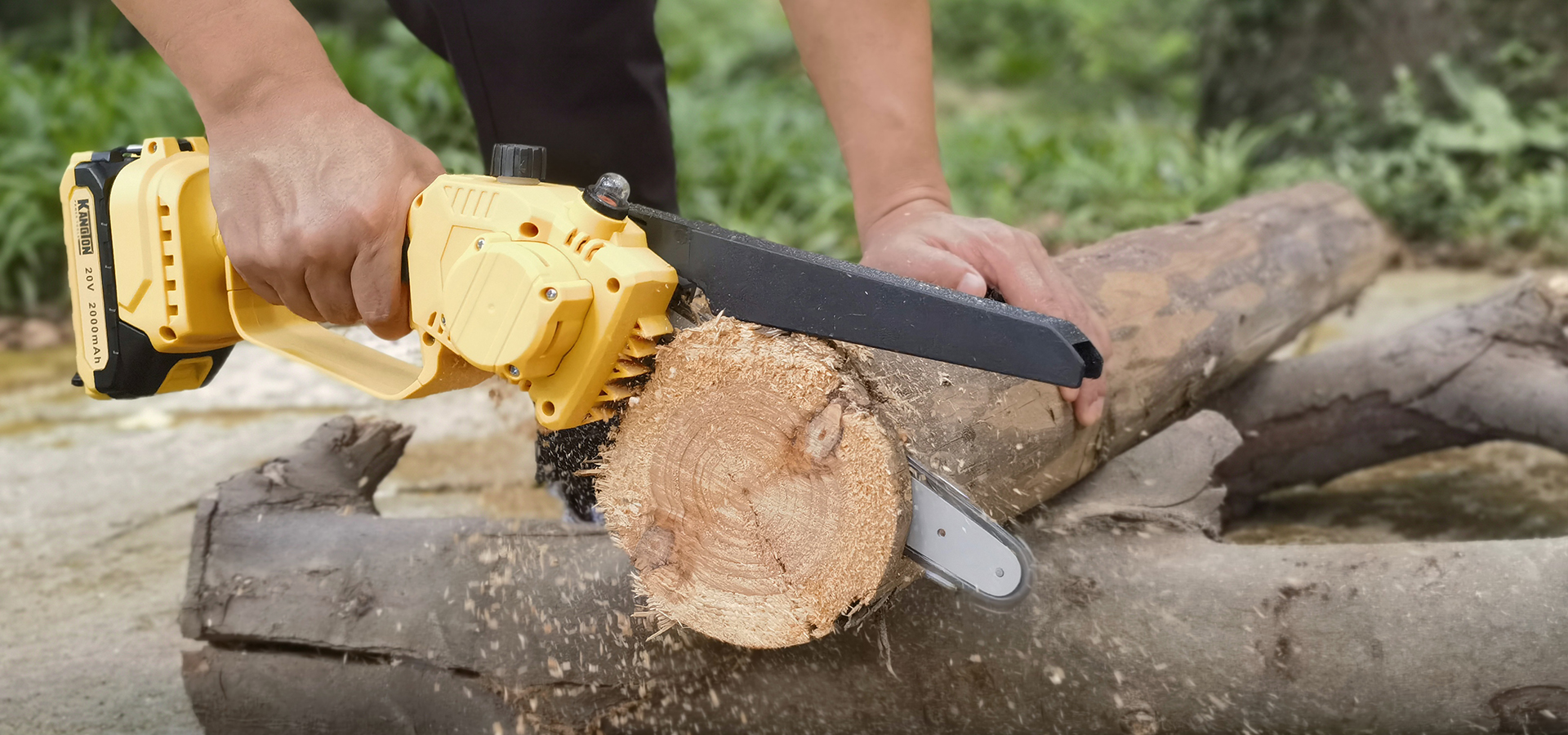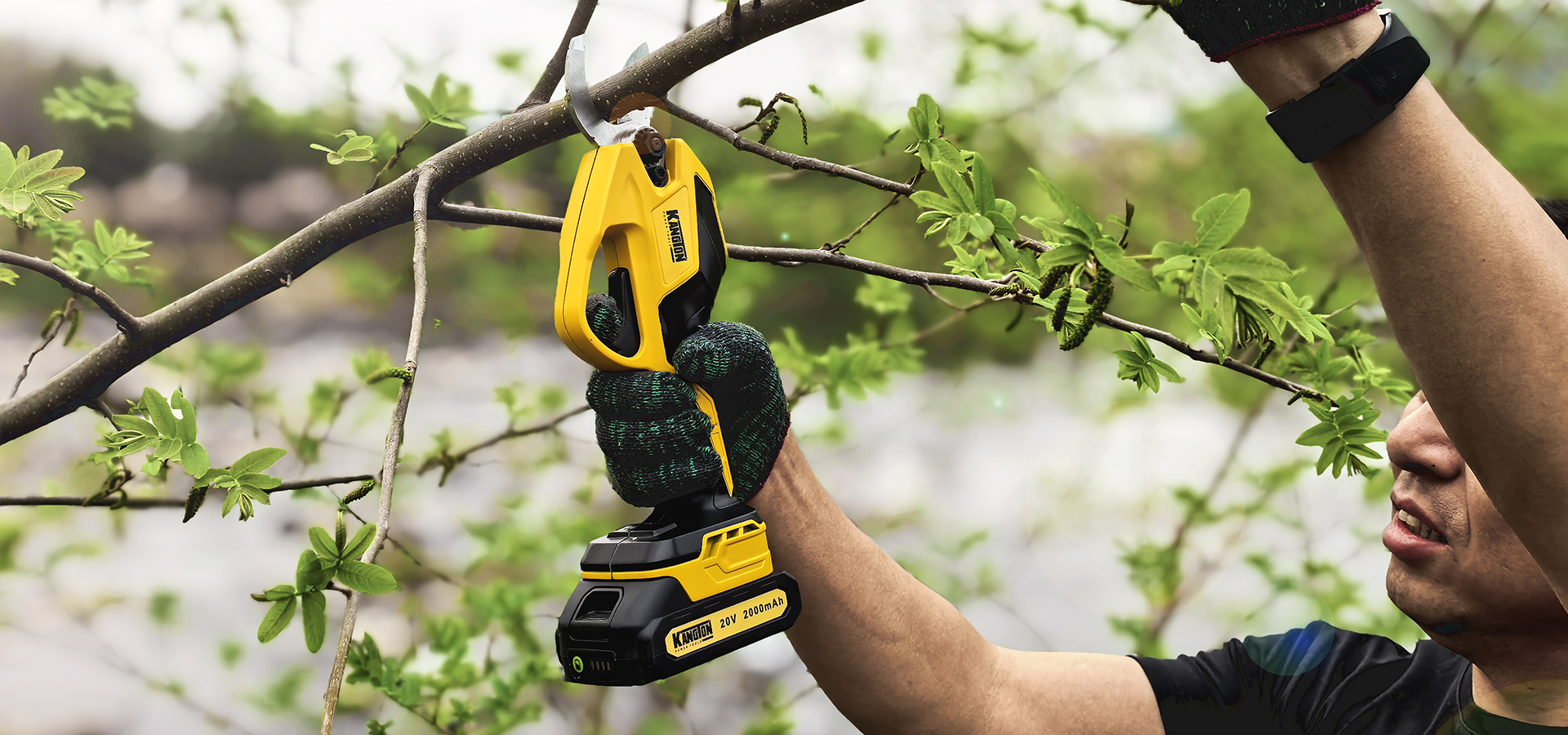When I’m on a construction job doing a repetitive task, I like to play mental games to occupy my time. Here’s my list and why I chose them. As we head toward the holidays, may it inspire you to help round out someone else’s tool collection, or add to your own with the help of seasonal sales.
No. 1: Cordless drill
Hands down, this is the power tool I use the most in my life — both professionally and at home. For everyday tasks, such as installing shelves or hanging a baby gate, to building an entire deck, a cordless drill is invaluable.
I got my first as a college student (thanks, Mom and Dad!), and I’ve probably loved six models to death during my career.
The best cordless drills are powered by lithium-ion batteries, so even small drills carry a big punch. I use a large, powerful model that can handle a half-inch bit for larger construction projects, as well as a petite model for hard-to-reach spots.
If you have no power tools, this should be your first purchase. If you’re thinking about gifting one, be sure to include a set of drill bits for pilot holes, along with an assortment of driving bits. Screws have evolved way beyond the Phillips-head style, and you’ll want a set with a variety of star-shape drivers.
No. 2: Circular saw
This lightweight power tool is an oldie but a goodie. Its circular blade allows you to rip long lumber lengthwise or cut big panels such as plywood. An adjustable blade height allows you to score wood or cut all the way through. In the last few weeks, I used mine to build a rustic table using huge timbers and notch a post for a deck railing.
The worm drive version is an upgrade in higher-end models that gives more power and torque. But for occasional use, a simple model like the classic Skilsaw remains a good choice. The brand is so ubiquitous that circular saws are often generically called “skilsaws.”
No. 3: Angle grinder
Even as a relatively new addition to my tool chest, my angle grinder gets used surprisingly often. In fact, it’s gotten to the point where I wonder how I managed to get by without one for so long.
This little tool spins small disks at a high RPM to cut and grind all kinds of material. The disks themselves are only a few dollars, and most are specialy designed for either metal or masonry.
The thin disks designed for cutting are super useful for trimming metal pipe, rebar, hog wire or tile, or clipping off rusty nail heads. The fat disks designed for grinding are useful for jobs such as smoothing rough spots in concrete, removing rust and sharpening tools.
No. 4: Impact driver
This is another “I can’t believe I didn’t own one sooner” tool. You may also know the impact driver as the tool that makes a clicking “brrrrapp” sound when it works.
The construction industry has made a dramatic shift to larger engineered fasteners that are installed with an impact driver. Instead of lots of small screws and nails, pieces now are frequently joined with larger screws that have hex-shaped heads. They’ve also replaced large lag screws — because why hand crank something for 10 minutes when your power tool can do the work in 10 seconds?
Impact drivers work like a torque wrench, applying a series of short powerful bursts to make something turn, without destroying the fastener or the tool’s motor. While you can often use a regular drill for an engineered screw, you will burn out your drill a lot faster.
With an impact driver, you can use fewer fasteners that are stronger, and install them more quickly. If you’re doing any kind of new construction, it will be a right-hand tool. But I’ve also found use for mine when building shelves, connecting beams and removing stubborn deck screws.
No. 5: Jigsaw
I first learned to use a jigsaw in middle-school shop class, where we used them to build kid-friendly art projects. My art projects are a lot more expensive now, but I still use a jigsaw with surprising frequency.
Sometimes there’s just no other power tool more suited to trimming out a little detail or cutting an accurate curved line. Their specialty is cutting through thin and lightweight material with inexpensive reciprocating blades that can be used on wood, metal and plastic.
This is a tool that certain people may never use, but I’ve managed to employ mine on nearly every deck I’ve built. It’s a useful little tool that doesn’t cost a fortune.
Welcome to contact for your tools options
Post time: Jun-30-2021



